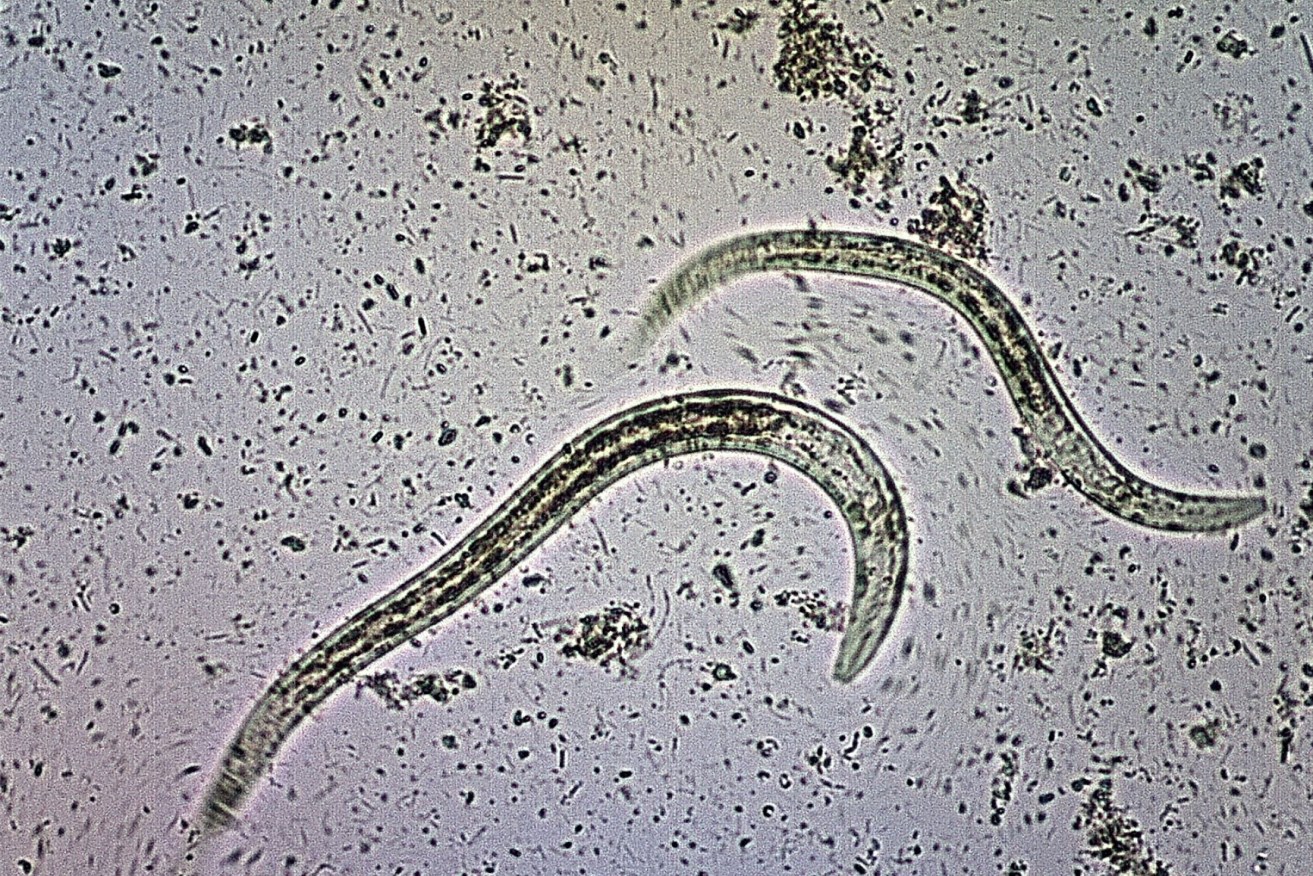Tropical disease target of national alert
A life-threatening parasitic worm could be quietly infecting up to 60 percent of vulnerable Australians in remote northern communities.

Flinders University researchers are warning it should be listed as a nationally notifiable disease because basic testing isn’t widespread and the true extent of its spread remains unknown.
Strongyloidiasis is an infection caused by parasitic worms which crawl in through human skin and reproduce inside stomachs and digestive organs indefinitely.
Dr Kirstin Ross, from Flinders University’s environmental health research group, says despite infecting an estimated 370 million people worldwide, which makes the parasite more common than malaria, it remains the most neglected of the tropical diseases.
“The parasitic worm causes a form of hyper infection which results in the generation of huge numbers inside the human host before moving out of your gut and tissue into other organs. Patients are likely to die,” Dr Ross warns.
Symptoms are likely to include diarrhoea, coughing and a hives-like rash.
Detection rates are low, despite potentially high infection rates particularly in Indigenous communities living in tropical climates.
PhD student Meruyert Beknazarova is the lead author of a study with the National Strongyloides Working Group, which says medical evidence supports their claims for strongyloidiasis to be included on the Australian National Notifiable Disease List.
“Strongyloidiasis is generally considered a disease in developing countries but we actually also see it infect disadvantaged populations right here in Australia – it’s impacting Indigenous communities, refugees, and even returning holidaymakers,” says Ms Beknazarova.

Flinders University environmental health researcher Meruyert Beknazarova is campaigning to have the common disease strongyloidiasis included on the Australian National Notifiable Disease List.
The worm is prevalent in up to 80 per cent of Indigenous communities, but the proportion could actually be higher because it remains difficult to detect. There is also no centralised record of cases to track progress.
“The worm tends to be seen in areas where septic or sewerage systems are not working very well or properly or at all,” says Ms Beknazarova.
There are confirmed examples of fatal cases in Australia and researchers say a public response is required to make early detection more possible.
“The problem is we don’t always look for it and so people can be completely unaware. We also don’t understand what environmental conditions allow for its survival.”
The Flinders University researchers studying the parasite are also concerned about studies which indicate the worm might become resistant to treatment.
“At the moment we are relying on one or two drugs and unfortunately we have seen a couple of studies that have shown the disease is becoming resistant in animals, and it’s possible we could start seeing resistance in humans,” says co-author Dr Harriet Whiley.
“Although it’s readily treatable, we don’t develop immunity so you could potentially walk out after treatment and become re-infected and the cycle continues.”
The working group wants strongyloidiasis included in the Australian National Notifiable Disease List to ensure improved health outcomes for Indigenous Australians while gathering data which will identify preventative measures.
“If we had a better understanding of the distribution, then the likelihood of increased screening and treatment definitely exists,” says senior lecturer in Environmental Health Dr Ross, from the Flinders College of Science and Engineering
‘Argument for Inclusion of Strongyloidiasis in the Australian National Notifiable Disease List‘ by M Beknazarova, H Whiley, AJ Judd, J Shield, W Page, A Miller, M Whittaker and K Ross has been published in Tropical Medicine and Infectious Disease
Along with Flinders University, contributing research came from the Centre of Indigenous Health Equity Research at Central Queensland University, La Trobe University, Bendigo, the Miwatj Health Aboriginal Corporation, NT, James Cook University, Griffith University and James Cook University.
Read more in The Conversation – Strongyloidiasis is a deadly worm infecting many Australians, yet hardly anybody has heard of it





